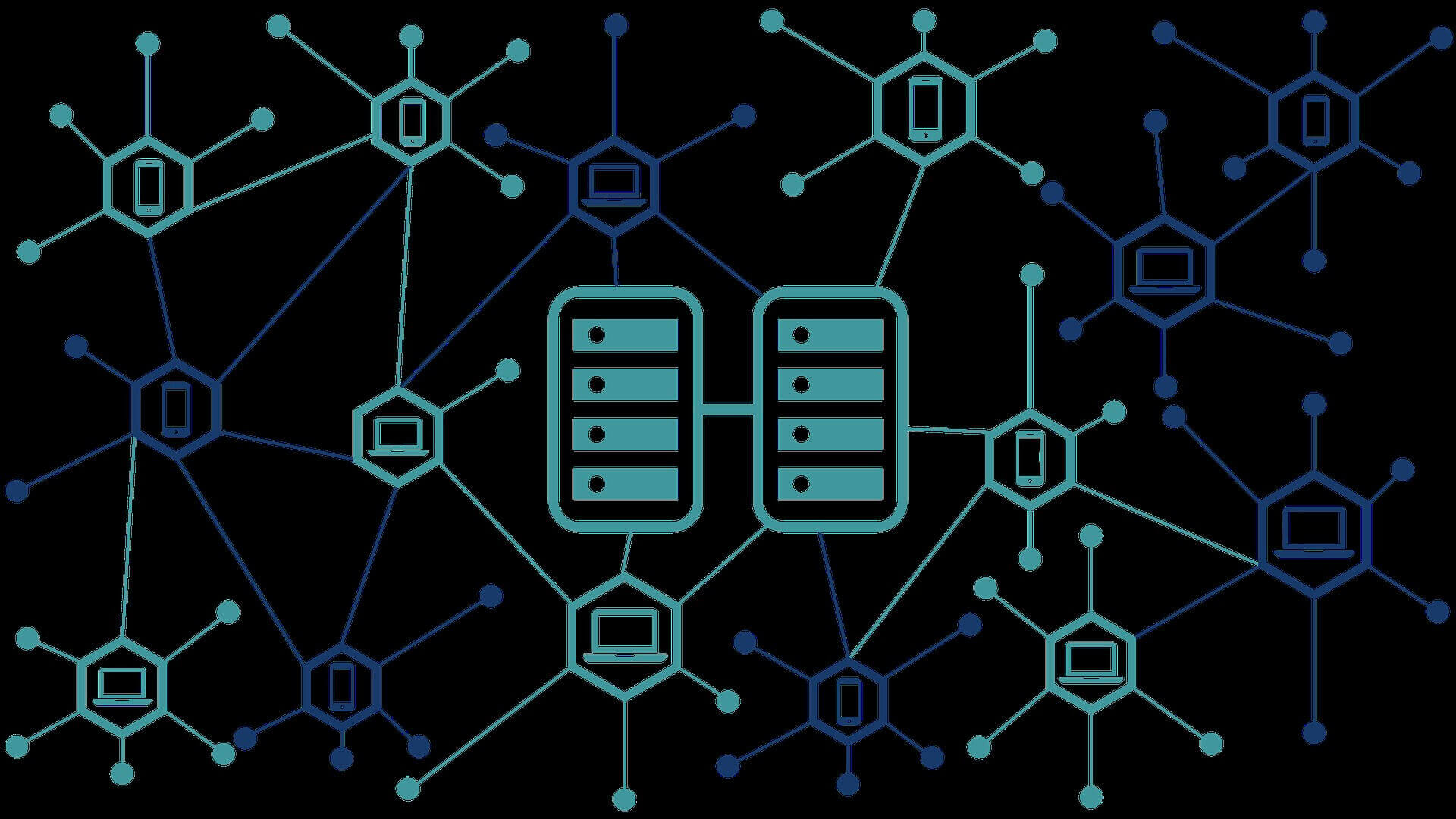
Peer-to-peer technology, or P2P, first emerged in the 1980s as the BitTorrent protocol, and it’s since exploded in popularity and been used in many different ways over the years. The most popular of these have been file sharing, messaging, and decentralized digital currencies like Bitcoin App.
Peer-to-peer protocols are becoming so integral to how we do business these days that they’re likely here to stay for the foreseeable future. But what exactly is peer-to-peer technology? And what makes it so effective at solving problems?
The invention of Peer-to-peer Technology
Using a distributed computer network to connect peers was first popularized in a paper by J.F. Nulty published in 1973 and titled The Cypherpunks: Freedom and Future of Privacy. In 1989, Ian Clarke, Tim Berners-Lee, and others developed ENQUIRE, an early hypertext system with many similarities to the Web.
Also, around 1989 Dave Touretzky did some work on distributed systems at Carnegie Mellon University as part of his dissertation work that used similar ideas on how protocols could be used for communication between machines instead of people. This work had little influence on later developments due to an initial lack of Internet access and internal strife about its potential use for global surveillance.
Functioning of Peer-to-peer Technology- How Does It Work?
The basic idea behind peer-to-peer technology, also known as P2P, is straightforward. Peer networks are all about letting one computer borrow resources from another for a limited period. If it sounds a lot like borrowing your friend’s car to run an errand, that’s because it’s exactly what it is. Your computer becomes just another node in a decentralized network in a peer network, and with each new user, efficiency increases.
Peer-to-peer (P2P) networks are online services that connect computers directly with each other. The idea behind P2P technology is that you can share and exchange resources, like music and video files, without going through a central server. Because these file transfers happen between individual users rather than through an intermediary, P2P networks are decentralized or distributed networks.
Importance of Peer-to-peer Technology
P2P (peer-to-peer) networks are digital communication protocols that share information without a centralized system. The term P2P generally refers to computer programs that communicate with each other directly, in contrast to programs such as email clients or web browsers which talk to centralized servers.Later on, things started to play a major role with later advances in microelectronics and telecommunications technologies during the late 1950s and early 1960s, making it possible for P2P networks to run on dedicated hardware.
Should You Use Peer-to-peer Technology?
Let’s say you have a bit of extra space on your computer. There are several ways to make some money apart from Bitcoin trading at Bitcoin Era: you could install adware or popups, or—if you’re willing to share your internet connection—participate in a peer-to-peer file-sharing network like BitTorrent.
Some people feel that if they allow others to use their internet connection, they should be compensated somehow; others simply object to being used as an advertising platform without receiving compensation.
Are There Any Downsides To Peer-to-peer Technology?
One of P2P’s biggest selling points is that it doesn’t require a third party to mediate your transaction. However, not everyone agrees that P2P transactions are inherently better than those carried out through a third party.
When it comes to talking about peer-to-peer technology, the critics argue that consumers need and want consumer protection, including dispute resolution, warranty and protection against fraud. Consumers are a bit apprehensive about the purchase on these networksbecause of a lack of regulation. They say there won’t be any sellers on marketplaces because of reduced demand from buyers.
Wrapping it up !!!
Peer-to-peer, or P2P, technology is all about connecting users directly, eliminating the need for a third party to validate the transaction, and the info is not stored at a central server. This structure has many advantages over other types of networks, including centralized servers. It makes the transactions faster and also reduces the transaction fee. Choosing to use P2P means deciding whether those benefits outweigh any shortcomings. They need to know for individuals and companies trying to decide if their business should use P2P technology.

Taylor is a freelance SEO copywriter and blogger. His areas of expertise include technology, pop culture, and marketing.











